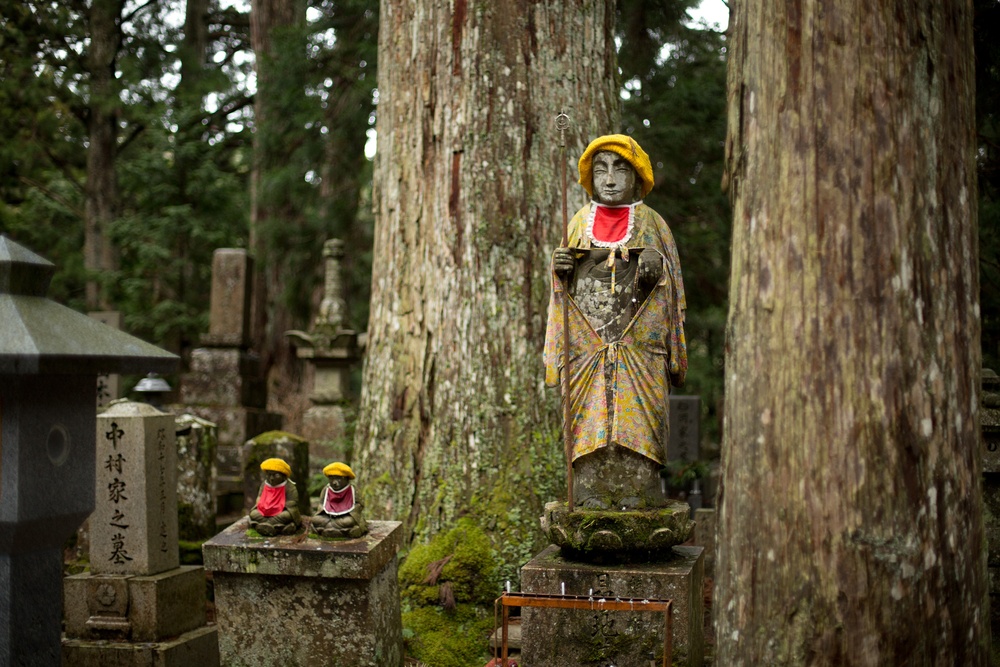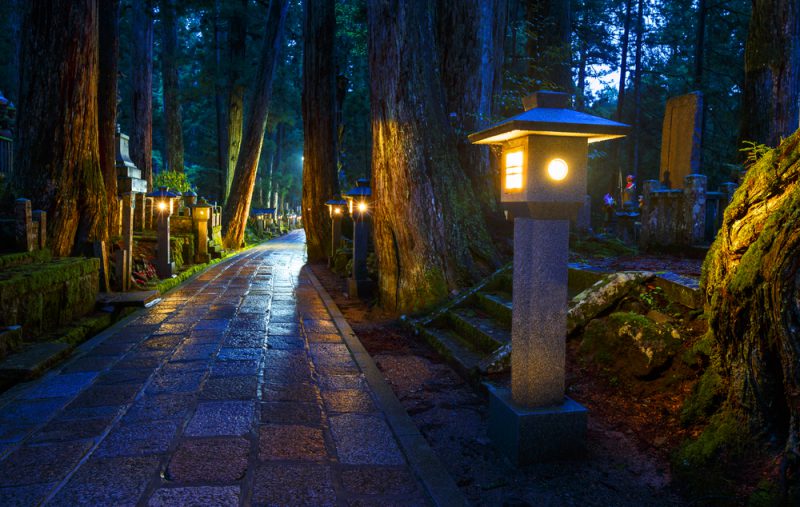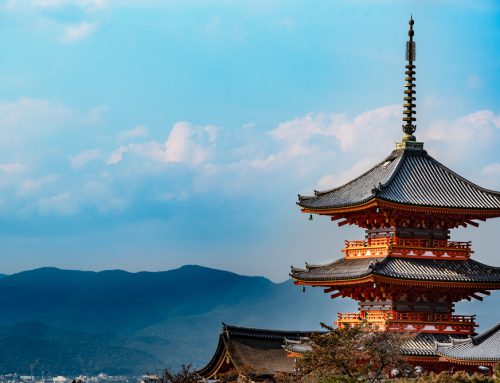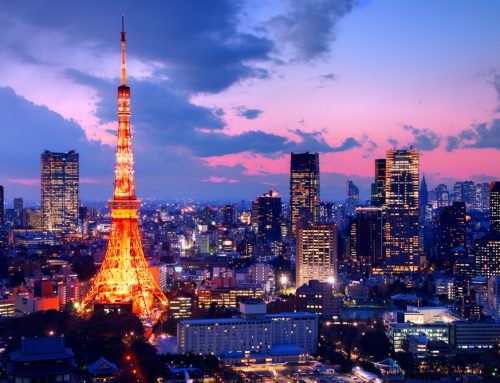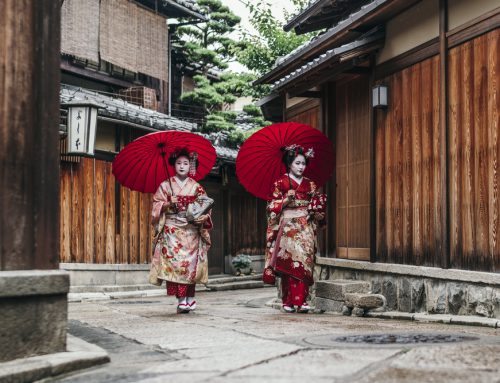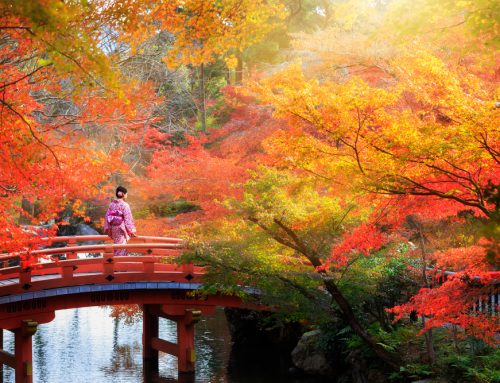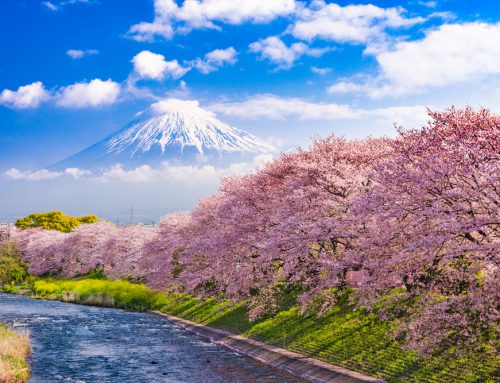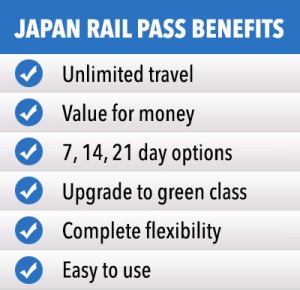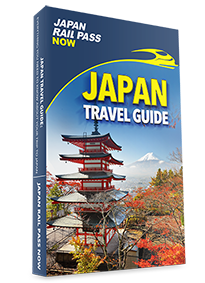Overview
Koyasan, or Mount Koya, is the site of the headquarters of Japanese Shingon Buddhism. Its mountains are located to the south of Osaka in Wakayama Prefecture and are home to various ancient structures, including more than one hundred temples and the largest graveyard in the country.
Today, Koyasan is a very popular pilgrimage destination for those looking to learn more about the religion’s history, experience temple lodging and enjoy beautiful and picturesque scenery.
When To Go
Koyasan is a great place to visit any time of the year.
- In Spring, most particularly from the last week of April to the first week of May, the mountains look stunning as pink cherry blossoms reach their peak.
- Compared to Osaka, Koyasan is about 10 or so degrees cooler in the Summer. For this reason, it sees a rush of crowds who want to escape the extreme heat and humidity in July and August.
- October is prime Autumn season in Koyasan and the whole town becomes covered in colorful foliage. If you are looking for the best seats to view Autumn colors, Koyasan should be at the top of your list.
- In Winter, you can see the temples covered in white snow starting around late December until the end February.
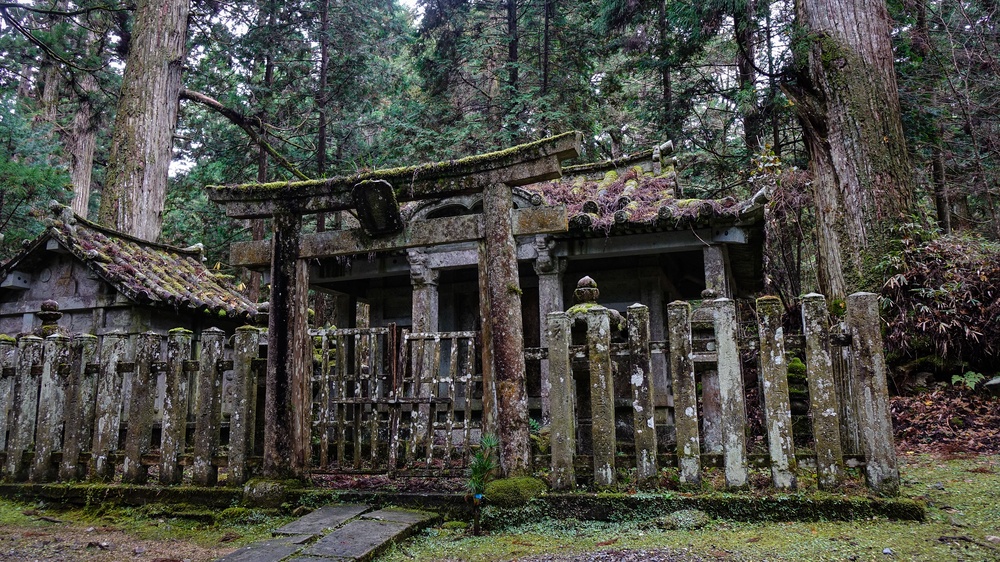
Small temple at forest in Mount Koya, Japan. Koyasan is primarily known as the world headquarters of the Shingon sect of Buddhism – Phuong D. Nguyen / Shutterstock.com
How To Get There and How To Get Around
From Osaka, the most convenient way to get to Koyasan is via the Nankai Railways.
Take the Nankai Koya Line from Namba Station or Shin-Imamiya Station and get off at Gokurakubashi Station. Then take a five-minute cablecar ride up to the mountains. Once at the top, transfer to a bus to get to the town center. The entire trip takes about two hours and costs around 3,300 yen.
To save money, look into getting the Koyasan World Heritage Ticket. For 2,860 yen (regular version) or 3,400 yen (limited express version), you can benefit from roundtrip travel from Osaka to Koyasan, including the train and cable car and unlimited bus rides in the town. This is valid for two days.
More information on the Koyasan World Heritage Ticket is available on the official website: http://www.nankaikoya.jp/en/stations/ticket.html
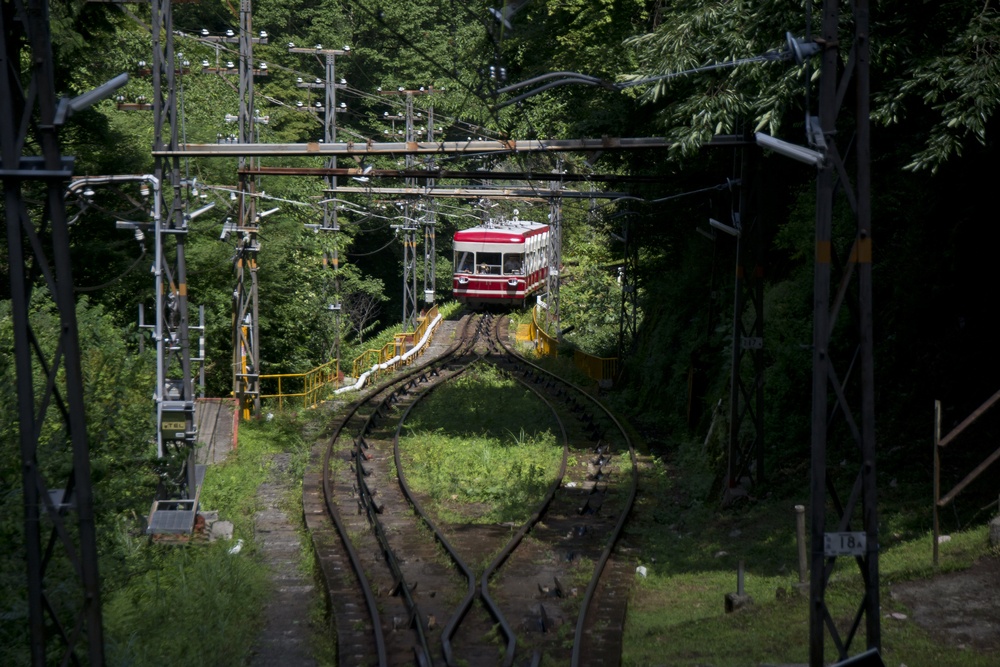
Things to do
Book an overnight stay at a temple
If you want to experience the typical life of a Buddhist monk, make sure to spend a night or two at one of Koyasan’s temples.
Temple lodging, or shukubo, is offered in over 50 temples around town and is quite popular among people who are doing the pilgrimage trails. These lodgings have private rooms with tatami floors, sliding doors and shared bathrooms and generally serve traditional monks’ vegetarian cuisine for dinner and breakfast. They also encourage guests to take part in the 6am morning prayers before enjoying their morning meals.
Hike and walk the trails.
Hiking Koyasan’s pilgrimage trails is a common activity to do at any time of year. These trails offer different kinds of sightseeing opportunities and vary in levels of difficulty.
- Choishi Michi Trail – this is the original Koyasan pilgrimage route that starts at Kudoyama Station and ends at the Daimon Gate, is approximately 23.5 kilometers long and requires about seven hours of hiking
- Women Pilgrims Course – this is a seven-kilometer long trail that takes about two and a half hours and covers the perimeter surrounding Koyasan, starting from the Fudozaka-guchi Nyonindo and ending at the Okunoin entrance
- Fudozaka Trail – this trail, which is two and a half kilometers long and takes around one hour to complete, begins at Gokurakubashi Station which is the lower terminus of the Koyasan Cablecar and leads up to a steep but paved path to the Fudozaka-guchi Nyonindo temple hall
- Kohechi Trail – this is one part of the famous Kumano Kodo trail and requires almost one week to complete so planning in advance is necessary
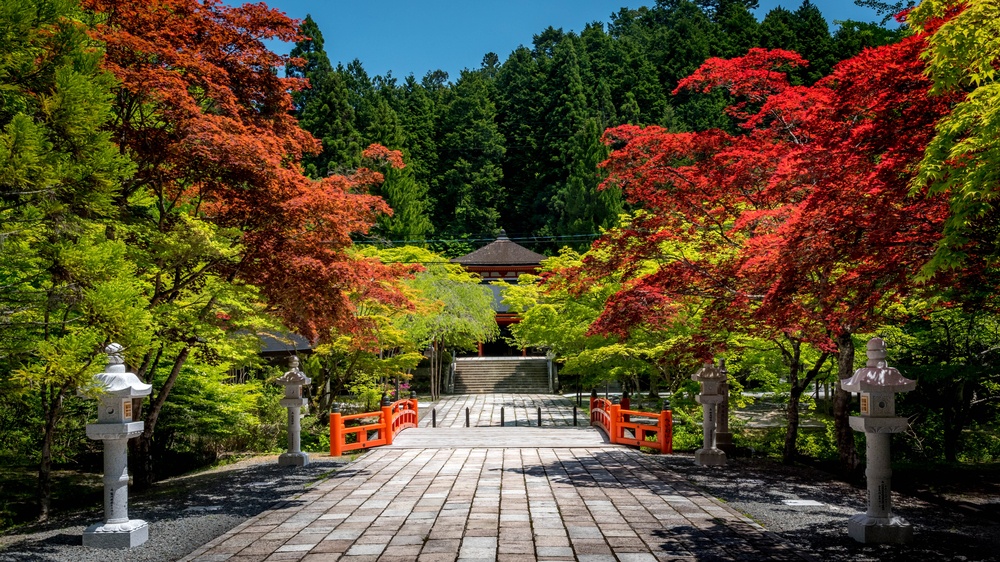
Check out the temples along the pilgrimage trails
Koyasan was given the UNESCO World Heritage Site honor in 2004 and has more than 100 temples that hold utmost significance in the history and culture of Shingon Buddhism in Japan, which dates back beyond a century. Some of the best examples are:
- Garan – this is Koyasan’s central temple complex which has the Kondo Hall (a large temple hall made of wood) and Konpon Daito Pagoda (a tahoto-style, 45-meter tall pagoda)
- Okunoin Temple – this is where you can find the mausoleum of Japan’s Shingon Buddhism founder Kobo Daishi
- Kongobushi – a temple constructed by Toyotomi Hideyoshi in 1593 as a memorial for his deceased mother
Participate in some traditional Buddhist activities
The Daishi Kyokai is a temple complex that serves as the administrative center of Shingon Buddhism and offers visitors opportunities to partake in multiple Buddhism-related activities such as shakyo (which allows them to practice their calligraphy skills) and jukai (which is a Buddhist ordination ceremony).
